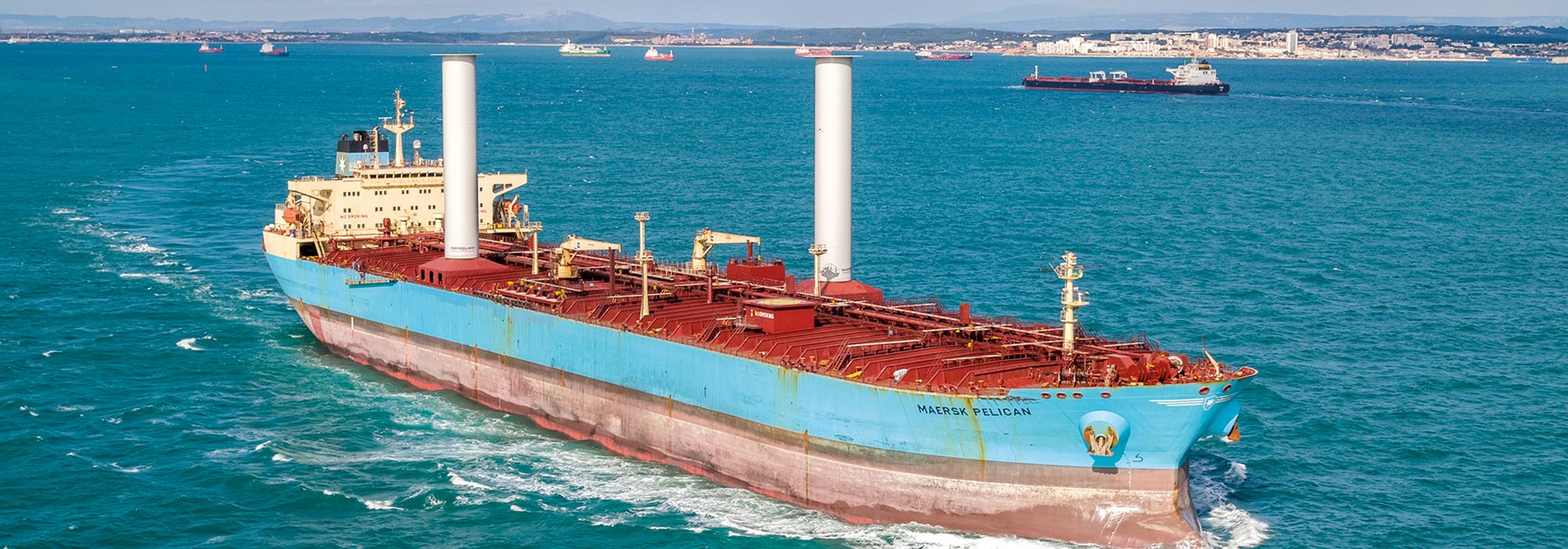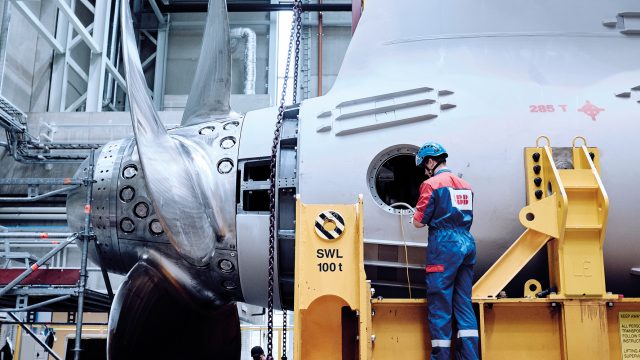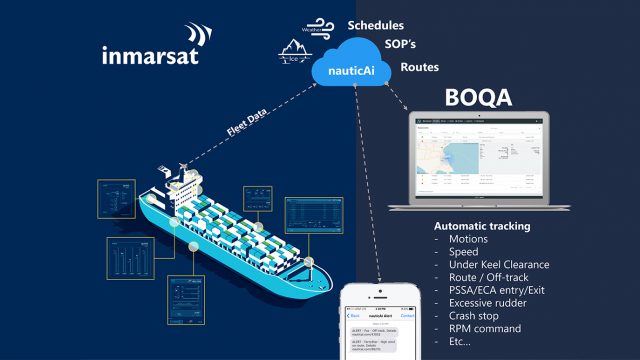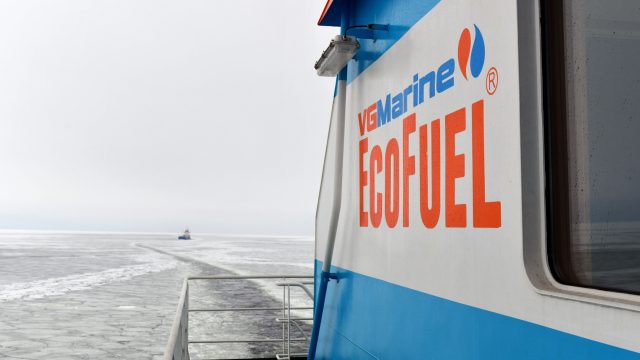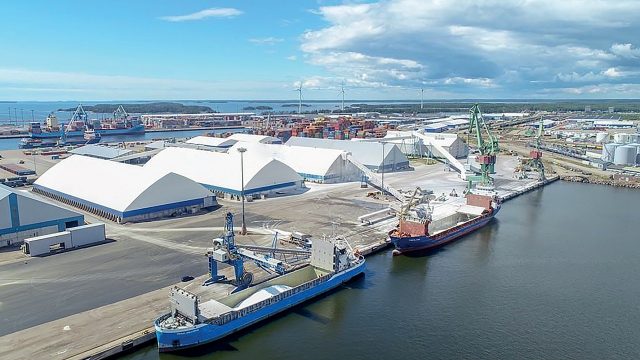In late 2019, Norsepower and Wärtsilä announced a cooperation agreement to boost the efficiency of global rotor sail maintenance. Smart technology is currently being rolled out
in the industrial sector and, as a technology company, Wärtsilä wants to be at the forefront of this in every way. Norsepower is an example of this smart technology.
“We’re really excited about collaborating with Norsepower. This agreement is an excellent indication of our goal to develop a sustainable society using smart technology. Together, we’re seeking to promote technologies for a cleaner future,” said Wärtsilä’s Stefan Wiik, Vice President, Asset Management Services when the agreement was announced.
Rotor Sail systems have been installed on three ships to date: Viking Line’s m/s Viking Grace, Bore’s m/s Estraden and Maersk Tankers’ m/s Maersk Pelican.
Norsepower is an example of smart technology.
The Danish ferry company Scandlines will be installing Norsepower’s rotor sails on its hybrid vessel, the Copenhagen. Thanks to the Rotor Sail Solution, Scandlines’ ferry will be one of the lowest-emission passenger ferries in the Baltic Sea.
Scandlines’ m/s Copenhagen will operate between Gedser in Denmark and Rostock in Germany. The shipping company estimates that the rotor sail will help to reduce its carbon dioxide emissions by 4–5 per cent on Danish and German routes.
In addition to these, Norsepower has an order for two rotor sail installations on a European shipping company’s vessel sometime this year.
Maersk Pelican saves fuel
In October 2019, Norsepower Oy Ltd and its project partners Maersk Tankers, Energy Technologies Institute (ETI) and Shell Shipping & Maritime announced the successful test trials of two rotor sails on Maersk Tankers’ product tanker Maersk Pelican.
According to the data, rotor sails were proven to reduce the vessel’s fuel consumption by an average of 8.2 per cent, which is equivalent to a reduction of about 1,400 tons of carbon dioxide emissions. The fuel savings were verified by comparing the vessel’s actual performance data before and after the installation of the rotor sails.

In 2019, the Rotor Sail Solution was also the first in the world to receive type approval for a mechanical sail for a large vessel. Inspectors from the classification society DNV GL said that the Rotor Sail Solution units were safe mechanical sails for commercial ships
“in all operational and environmental conditions.”
Shipping is harnessing more wind power
Norsepower’s invention has already been used in real-life conditions for more than 45,000 hours, and it has been proven that rotor sails can save an average of up to 20 per cent on vessel fuel costs. According to Norsepower’s calculations, the use of rotor sails has led to a reduction of about 5,000 tons of carbon dioxide emissions to date. The classification society DNV GL wants to be involved in developing even cleaner fuel alternatives and technological solutions for the shipping sector.
The European Union forecasts that up to 10,700 different wind power units will have been installed on bulkers and tankers by 2030.
The International Windship Association (IWSA) divides wind-power inventions into other subcategories in addition to the Flettner rotors, such as hard and soft sails and turbine solutions.

